Chihuahua
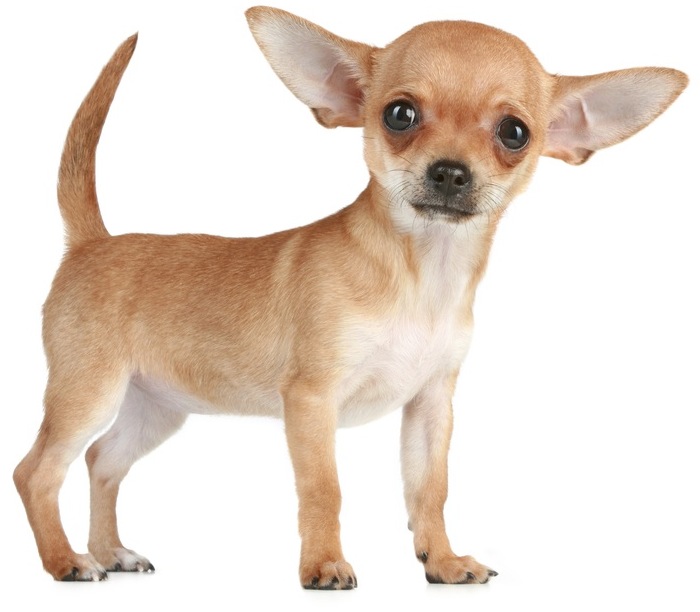
The origins of the Chihuahua have been linked with the Toltec tribe, who lived in what is now modern-day Mexico. They kept a breed of dog known as the Techichi back in the ninth century, and its ancestry may have extended back as far as the Mayan civilisation some 400 years earlier.
Evidence can be seen in carvings at Huejotzingo where a study of a head, as well as a portrait reflect a dog that is very similar in appearance to today’s Chihuahua, have been discovered.
Other archaeological evidence, however, including the discovery of a carved toy, suggests that not only were dogs resembling Chihuahuas being kept more widely in the region, but they might also have existed for much longer than previously thought - extending as far back as around 100AD.
Heading north
Smooth-coated Chihuahua
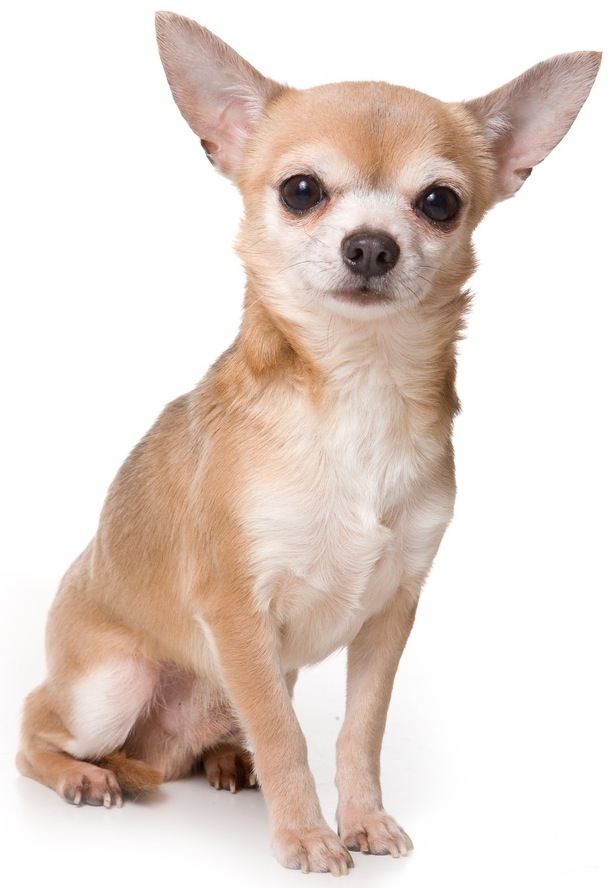
After the Aztecs overran the Toltecs, Chiuhuahuas became highly valued; blue individuals were considered to be sacred. Today, these small dogs are available in a very wide range of colours, and they can have highly individual patterns and markings.
The first Chihuahuas - whose name commemorates the name of a state in their Mexican homeland - were brought across the border by travellers returning home to the USA in about 1850.
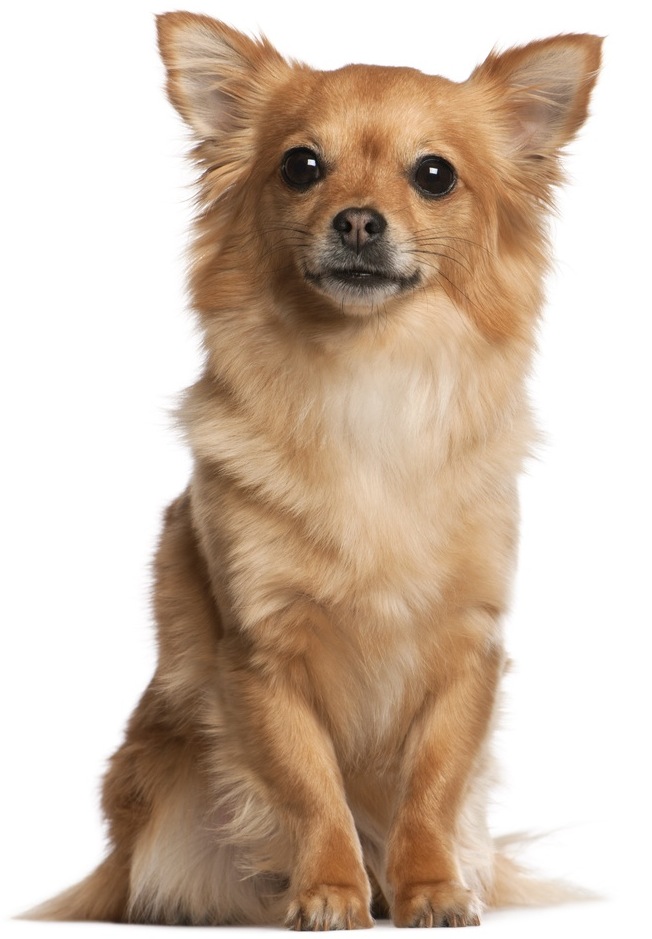
A relatively small number of these dogs - perhaps as few as two dozen - formed the basis of the breed. The Chihuahua was accepted for show purposes by the American Kennel Club in 1904, with the Chihuahua Club of America being founded in 1923.
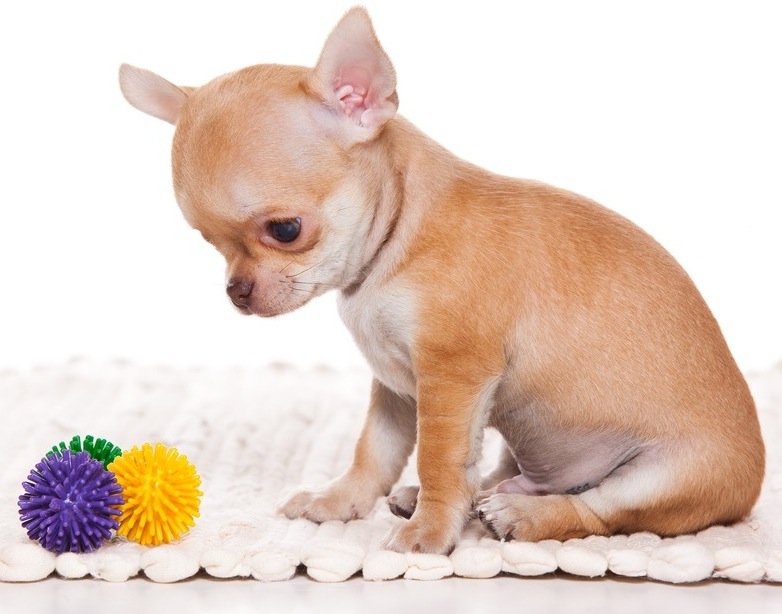
Although the smooth-coated form still remains most common, the long-haired variety (above, right) is becoming increasingly popular. The breed was subsequently divided on this basis in 1952. Breeders also distinguish between apple-headed and deer-headed examples. A apple-headed individual, (like the puppy seen right) has a more rounded head and a shorter snout than a deer-headed example (above right).
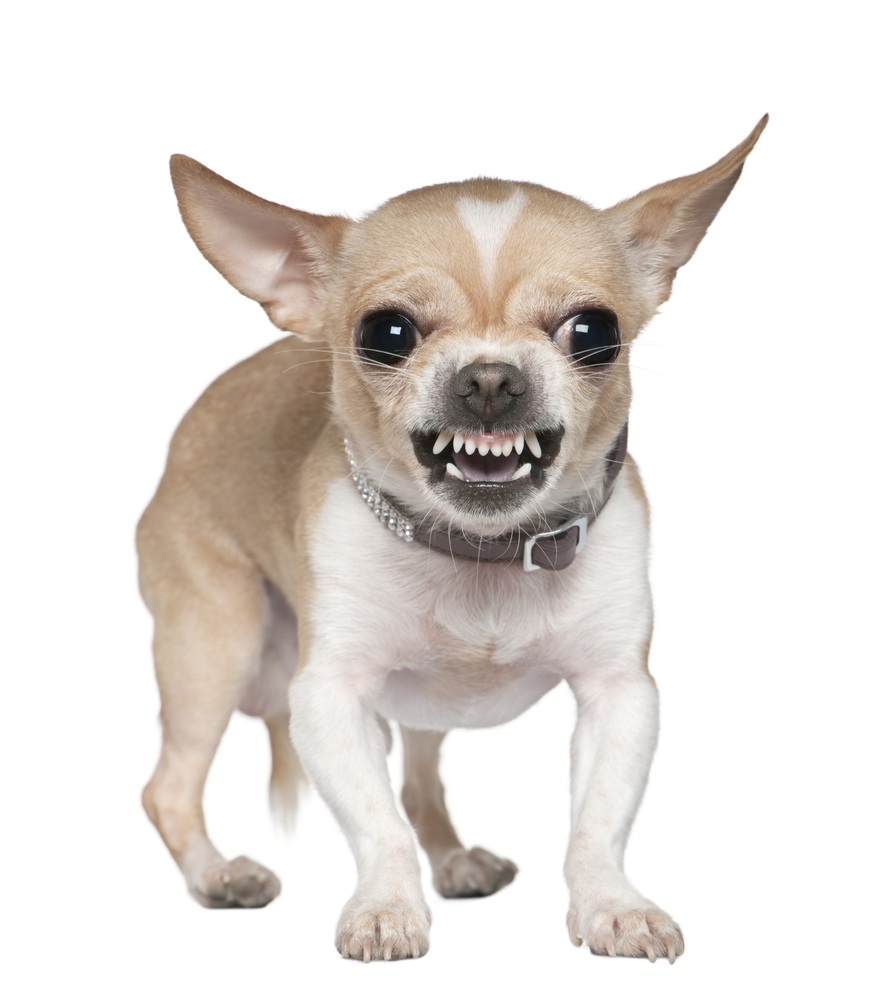
Chihuahuas remained unknown in the UK until 1934, but they have since become very popular here and around the world as companion dogs. Their small size has helped to enhance their following, especially their readiness to be carried around in a suitable travel bag.
Nevertheless, they have very strong characters, and it is very important to choose a friendly individual at the outset, as a few individuals can turn out to be rather aggressive and assertive by nature. This may be linked with inadequate training too though, and so the advice of an experienced canine behaviourist should be sought in this case, to address the issue and hopefully correct it at the earliest opportunity.
A high profile
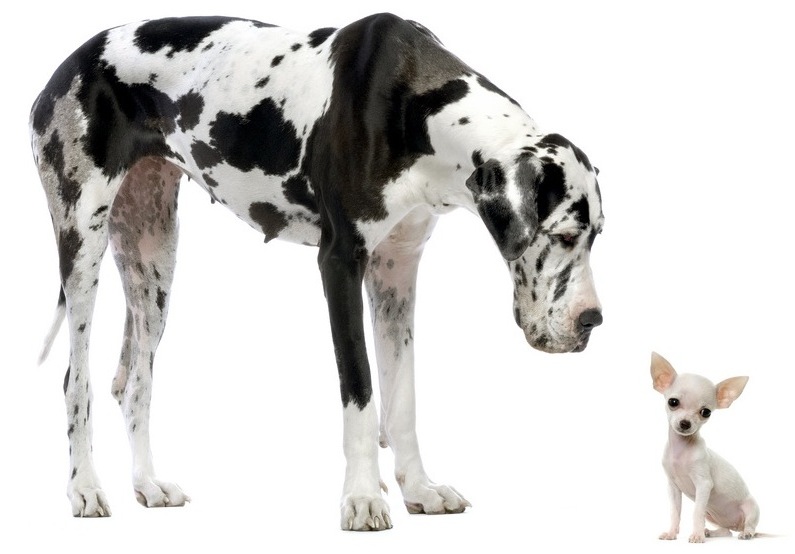
This breed is considered the smallest of all pedigree dogs, standing between 15-23cm (6-9in) tall and weighing from 1-2.7kg (2-6lb), and this has enhanced its appeal. An adult is shown here with a Great Dane, a giant of the dog world. The Chihuahua’s celebrity status has helped too, in keeping the breed firmly in the public eye for over half a century.
This trend began with Marilyn Monroe, Jayne Mansfield and Billie Holiday and has extended through to modern style icons such as Madonna and her Chihuahua, called Chiquita, and Paris Hilton with Tinkerbell. Reese Witherspoon, Jennifer Love Hewitt and American Idol star Paula Abdul are other devoted Chihuahua enthusiasts.
Personality
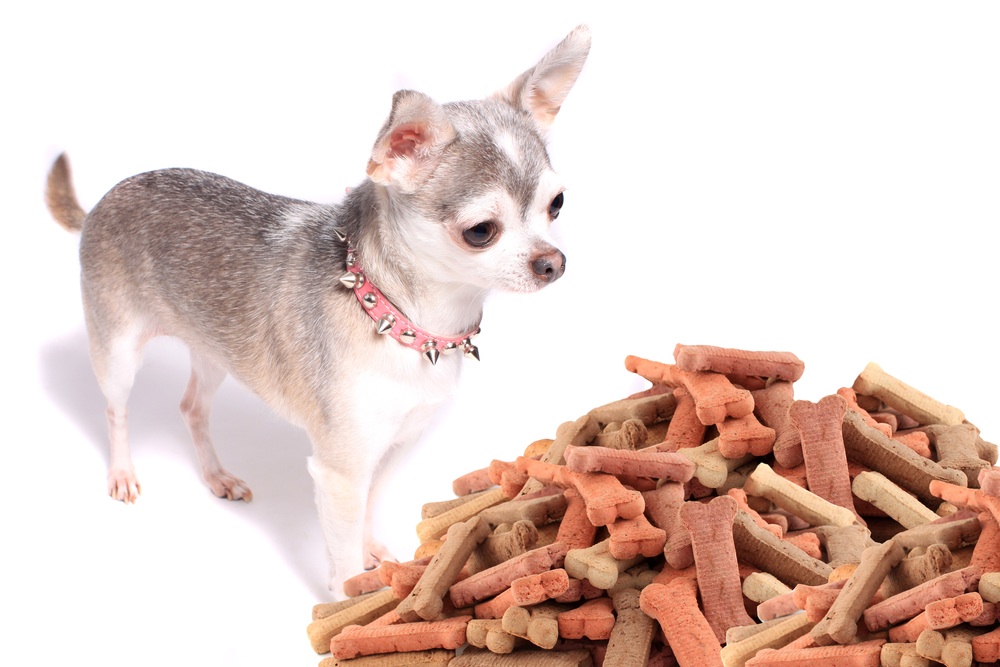
Chihuahuas are unusual in preferring the company of other dogs of the same breed, and often resent outsiders. They are not generally nervous by nature, and make alert and surprisingly noisy guardians. These small dogs are sometimes rather fussy about food though, but equally, they must not be overfed with treats and tidbits, causing them to become overweight.
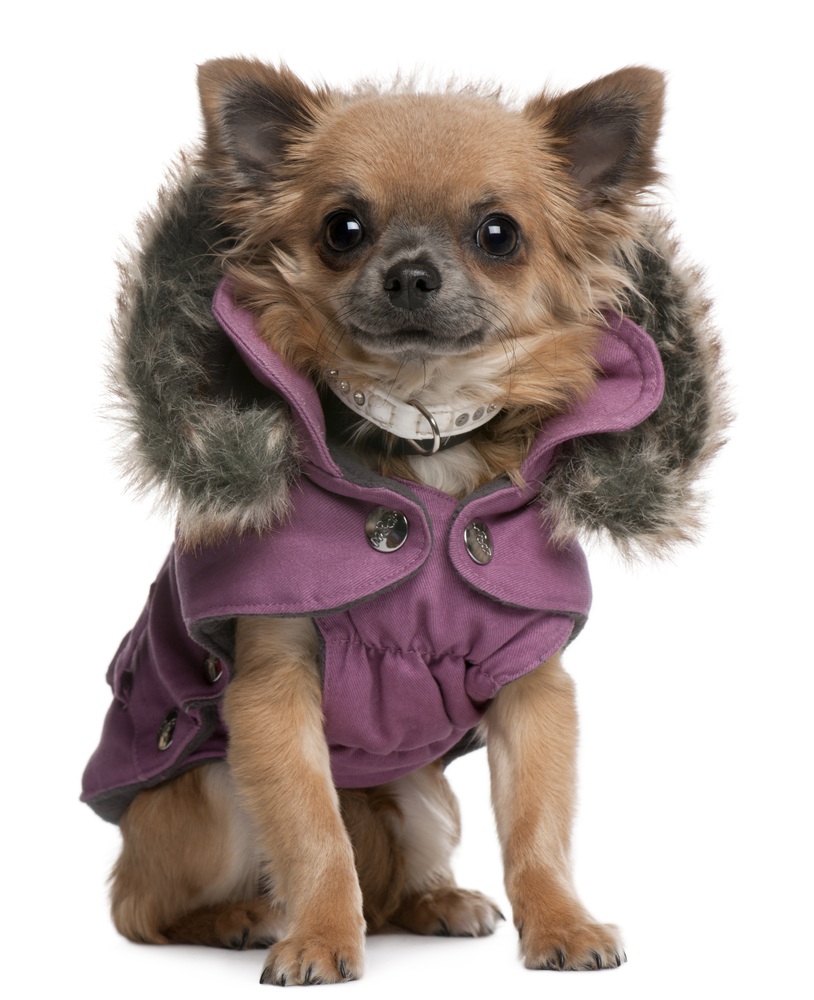
It is always a good idea to acquire suitable jumpers and coats for Chihuahuas, as their small size means they feel the cold. Trembling is not only caused by low temperatures though, as it can also be linked with excitement, or even attention-seeking. Chihuahuas are very adept at taking control of a situation, and influencing their owner’s responses, without you even being aware of what is happening!
Factbox
Grooming needs: Straightforward in the case of smooth-coats, which need little grooming, but the coats of long-haired Chihuahuas do need brushing and combing
Ease of training: They can be quite determine, so encouragement and patience give the best results.
Health concerns: Sometimes Chihuahuas do not lose their first set of teeth, known as milk teeth, by the age of about six months old, and these will need to be extracted by a vet. They also retain a hole in the central area on the top of the skull, known as the molera. This area of the body can be vulnerable to injury as a result of the lack of bone. Be alert also to any persistent cough. This can indicate a condition affecting the windpipe, known as tracheal collapse, to which the breed is susceptible.
Best suited to: People living in urban areas, particularly older owners living alone, proving to be very devoted companions. Not ideal for homes with young children.
Did you know? Chihuahuas are not necessarily always beautiful! They have frequently featured prominently in The World’s Ugliest Dog Contest, either as pure-breds or crosses with Chinese crested dogs. A Chihuahua called Princess Abby won this competition in 2010.